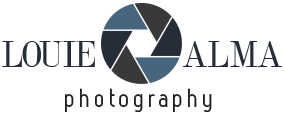Meet the HSMAI Middle East’s three newly crowned Rockstars
In this special Breaking Travel News feature, we got to sit down with HSMAI Middle East’s three newly crowned Rockstars, Nawfal Mbamba, Kuda Mukonoweshuro, and Hasan Khan.
Each brings a distinctive approach to innovation, from elevating product storytelling and unlocking demand in tertiary markets to reshaping F and B performance through real time intelligence. Together they represent a new generation of commercial leaders whose ideas are already influencing how hotels think, operate, and grow. Their insights reveal the challenges they set out to solve, the inspiration behind their winning concepts, and the impact their work is making across the region’s hospitality landscape.
Read on as they take us inside their award winning pitches and share the lessons, breakthroughs, and ambitions shaping their journey.





